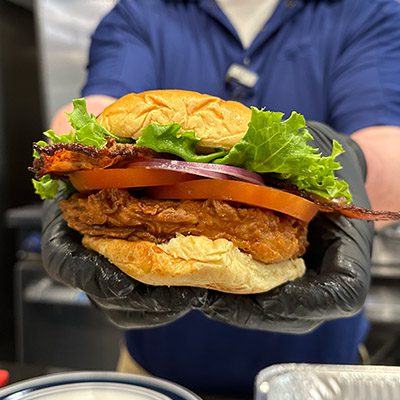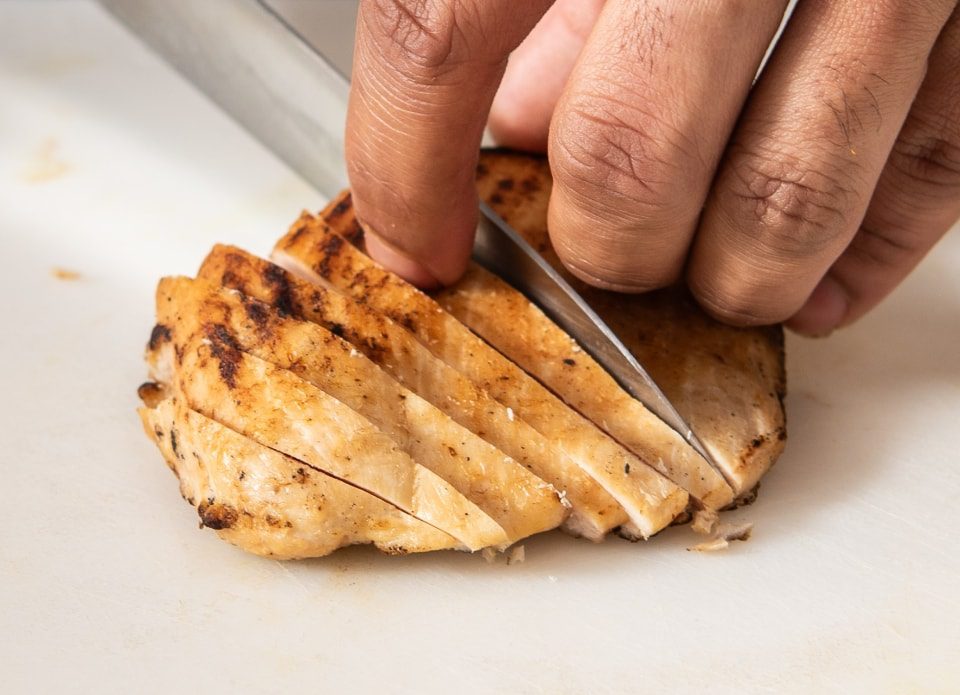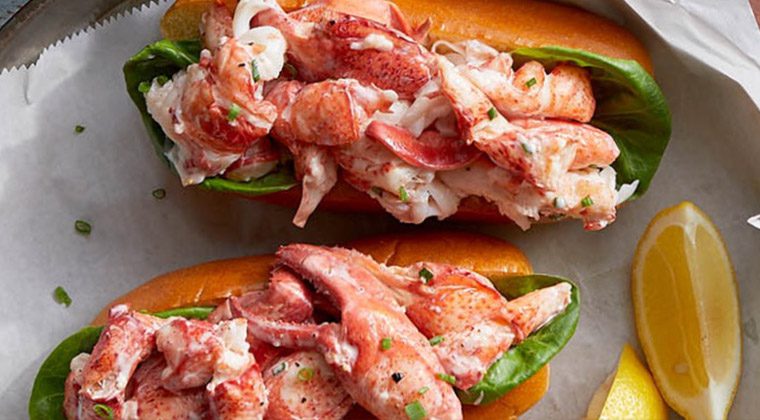
Menu Strategies for Restaurants to Combat Inflation
Overcoming Inflation can be a big challenge for restaurants, try these menu strategies to maintain margins in the face of rising costs.
In today’s competitive restaurant industry, rising inflation poses significant challenges for restaurant owners. Higher costs of goods and reduced customer spending can impact profit margins. However, by making strategic changes to their menus, restaurant owners can combat these challenges and maintain profitability. This article explores three effective strategies for menu optimization in the face of inflation: identifying and emphasizing best-selling items, eliminating poor-performing dishes, and adjusting the menu layout for higher profits.
- Identifying and Emphasizing Best-Sellers: One of the most effective ways to combat inflation is by identifying and emphasizing a restaurant’s biggest sellers on the menu. By prominently featuring these items, restaurant owners can guide diners toward ordering more profitable dishes. Here’s how to implement this strategy:
-
- Menu Placement: Position the best-selling items strategically, such as at the top of the menu or in a highlighted section. Use visual cues like borders, icons, or bold font to draw attention to these dishes.
- Descriptive Language: Craft compelling descriptions that highlight the unique qualities of the best-sellers. Use descriptive words to create an enticing narrative that appeals to diners’ senses and increases their desire to order these dishes.
- Visual Appeal: Include high-quality photographs or illustrations of the most popular dishes. Visual representations can evoke cravings and create an emotional connection, encouraging customers to choose these items.
- Eliminating Poor-Performing Dishes: To mitigate the impact of inflation on costs, restaurant owners should consider eliminating poor-performing dishes from their menus. Streamlining the menu not only reduces operational complexity but also helps cut back on expenses. Here are the steps to follow:
-
- Analyze Sales Data: Review sales data to identify dishes with consistently low demand or low profitability. Evaluate factors such as food costs, preparation time, and popularity among customers to make informed decisions.
- Regular Menu Review: Conduct regular menu reviews to assess the performance of each dish. Remove items that consistently underperform or do not align with the restaurant’s overall concept or target audience.
- Seasonal Menu Offerings: Consider offering seasonal menus that showcase new, innovative dishes or capitalize on ingredients that are cost-effective during specific times of the year. This approach allows for increased profitability and keeps the menu fresh and exciting for customers.
- Adjusting the Menu Layout: A well-designed menu layout can significantly impact customers’ ordering decisions. By making strategic adjustments, restaurant owners can highlight the most profitable dishes and improve readability. Here are some effective changes to consider:
-
- Visual Hierarchy: Use font sizes, bold formatting, or colors to create a visual hierarchy that directs customers’ attention to high-profit items. Ensure that the most profitable dishes stand out and are easy to locate.
- Boxed or Highlighted Sections: Create special sections or boxes to draw attention to signature dishes, chef recommendations, or high-margin items. This helps customers quickly identify the standout options and increases the likelihood of ordering them.
- Simplified Language and Organization: Use clear and concise language to describe dishes, avoiding jargon or excessive detail. Organize the menu into logical sections to facilitate easy navigation and understanding.
In the face of inflation’s challenges, restaurant owners must be proactive in making menu changes to maintain profitability. By identifying and emphasizing best-selling items, eliminating poor-performing dishes, and adjusting the menu layout, restaurant owners can effectively combat rising costs and reduced customer spending. These strategies not only improve profitability but also enhance the overall dining experience, leading to increased customer satisfaction and loyalty. By staying agile and adapting to the changing economic landscape, restaurants can thrive despite inflationary pressures.









